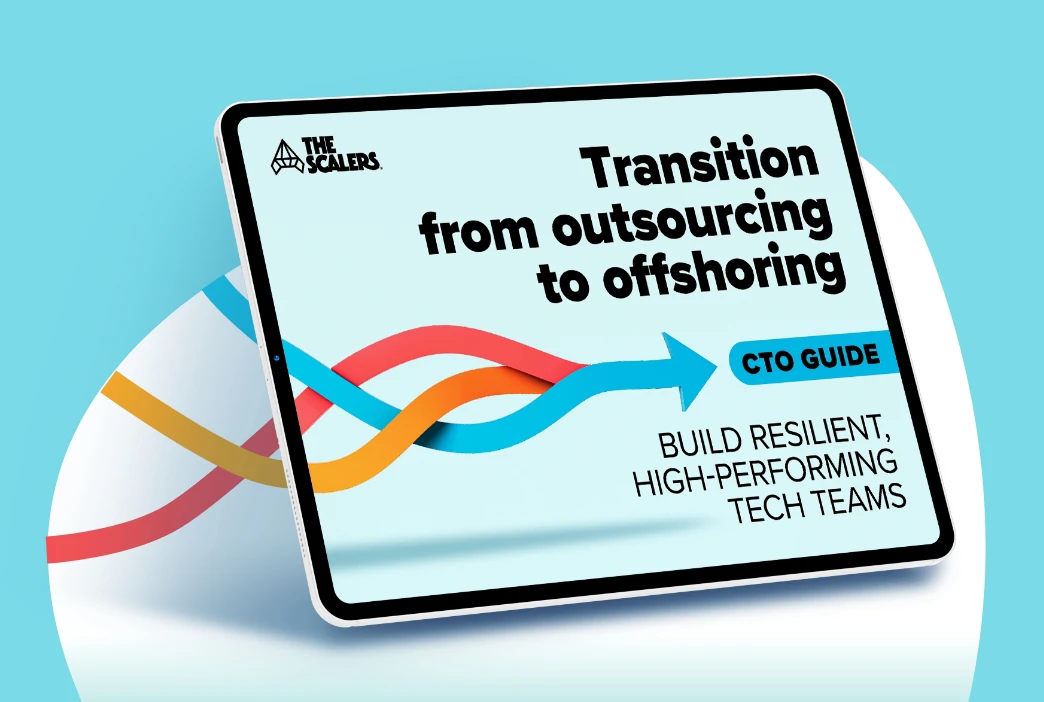If you ask Australian tech leaders about their biggest challenge, most will point to hiring top talent at a competitive price. The only problem: It’s impossible to find them locally.
For years, the Philippines and India have been the two most popular offshoring locations for Australian companies. Both provide significant cost advantages and have large English-speaking workforces. Yet when it comes to talent depth, scalability, and technical maturity, the gap is widening.
In our latest report, we compare these countries with hard data to deliver an honest, straightforward breakdown of the offshoring landscape for Australian businesses. You can download it for free today.
Here are some of the key insights we gathered.
How the Philippines and India (really) compare
While writing The CTO’s blueprint — a whitepaper where we surveyed 100 CTOs in the ANZ region — we found that 60% of leaders ranked the quality and availability of skills as the number one factor when choosing an offshore location.
This statistic shows that Australian CTOs see offshoring not just as a cost-cutting measure, but also as a way to find engineers with specific expertise in programming languages or technologies.
The Philippines and India offer different benefits and have talent pools that vary in both size and specialisation.

Now, how do Filipino and Indian engineers stack up for the most in-demand skills Australian firms are looking for?
Python and JavaScript are in high demand
One of the main differences between the Philippines and India is the scale of available expertise. India offers a larger talent pool in the most in-demand programming languages and technologies that Australian organisations seek.

To give you a glimpse of the difference in talent pool size, the Philippines has an estimated 50,000 to 70,000 Python engineers, while India’s pool ranges from 1.5 to 2 million Python professionals.
That said, raw talent numbers only tell part of the story. Australian businesses ultimately choose their offshore location based on where they are in their growth journey and what kind of team they need to build.
Australia’s top companies opt for India
An interesting trend we’ve uncovered is that many of Australia’s leading companies are turning to India to build highly scalable tech teams.

But it’s not just large enterprises making the move. Mid-sized, established organisations like My Muscle Chef have found offshoring success in India and built a team that has contributed to their long-term goals.
What about your company? Should you set up an offshore team in the Philippines or India?
Get the report and find out what location best fits your business needs and goals
‘The Philippines vs India’ report is for you if you’re an Australian business leader undecided on where to build or extend your tech team.
What’s inside?
- A comparison of how India and the Philippines perform across metrics like talent pool size, specialisation, tech ecosystem maturity, and cost-efficiency.
- An overview of which country leads in AI, ML, cloud, and full-stack development, and where you’ll find deeper talent in languages like Python and JavaScript.
- A look at real-world data from ASX-listed firms and Fortune 500s, and how an industry leader made the switch from the Philippines to India successfully.
- Guidance on what to consider based on your company’s growth stage and overall roadmap.
Download your free copy and get the data you need to make an informed decision.
Build Your Team,
Not Just a Contract
With The Scalers’ offshore dedicated development team, you get engineers who join your workflow for the long run. Grow steadily, stay flexible, and work with people who care about the product as much as you do.








